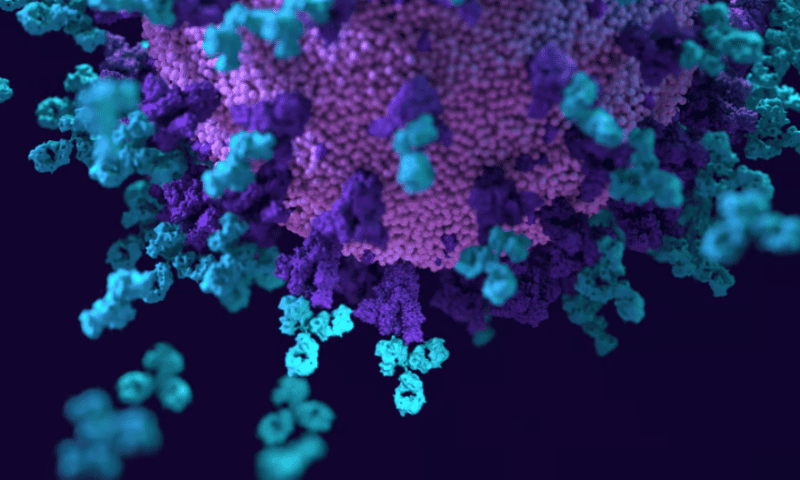Researchers at the University of Washington have shown that a generative AI program can help draw up atomically accurate antibodies from scratch—including those capable of binding to bacterial toxins or the specific proteins found on the bugs behind COVID-19, respiratory syncytial virus and influenza.
Members of the university’s Baker Lab, within the UW Institute for Protein Design, said the approach could shave off precious time compared to traditional antibody production processes, which may include laborious library screening or repeated rounds of immunizations in animal test subjects before waiting for their immune systems to develop newly effective countermeasures in vivo.
Just as AI programs have demonstrated cost savings in the design of small-molecule drugs, the researchers aim to do the same for one of the main classes of biologic therapies—while antibody-based therapeutics are expected to grow into nearly a half-trillion dollar industry over the next five years.
In a proof-of-concept paper published on the preprint server BioRxiv, the UW researchers showed their network could create novel, single-domain antibody fragments. While less complex than larger, multipronged Y-shaped antibodies, these fragments—dubbed VHHs—are still capable of binding to and neutralizing an antigen, while being easier to assemble from genetic code.
VHHs are found in nature in sharks and members of the Camelidae family—which includes camels, llamas and alpacas—and also form the basis of two approved medicines: Sanofi’s Cablivi (caplacizumab) and Taisho Pharmaceutical’s Nanozora (ozoralizumab), both developed by Sanofi’s Ablynx subsidiary.
“Deep learning has revolutionized the field of protein design in recent years, and we believed now was the right time to address the important challenge of generating functional antibodies purely through computational design,” said the paper’s senior author, David Baker, Ph.D., director of the Institute for Protein Design.
The researchers based their antibody-focused model on the UW institute’s open-source RFdiffusion program, which publicly debuted last year. Just as image-generating diffusion AI networks like DALL-E build pictures by slowly removing noise from the final product, RFdiffusion creates protein backbones that can ultimately line up and attach to a supplied molecular target. The program builds on the successes of AlphaFold2 and the Baker Lab’s protein-focused Rosetta software.
To test out their results, the researchers used cryo-electron microscopy to evaluate the VHHs produced against H1N1 influenza’s hemagglutinin protein, which the virus uses to infect human cells. They found the VHHs could effectively bind with their target, though success rates are still low, and there is “considerable room for improvements,” the paper’s authors wrote.
Still, computational design methods “could revolutionize antibody discovery and development,” they said. “Our RFdiffusion approach enables targeting specific epitopes of interest on the target antigen, and, when success rates increase, should be far faster and cheaper than immunizing an animal or screening a random library.”

